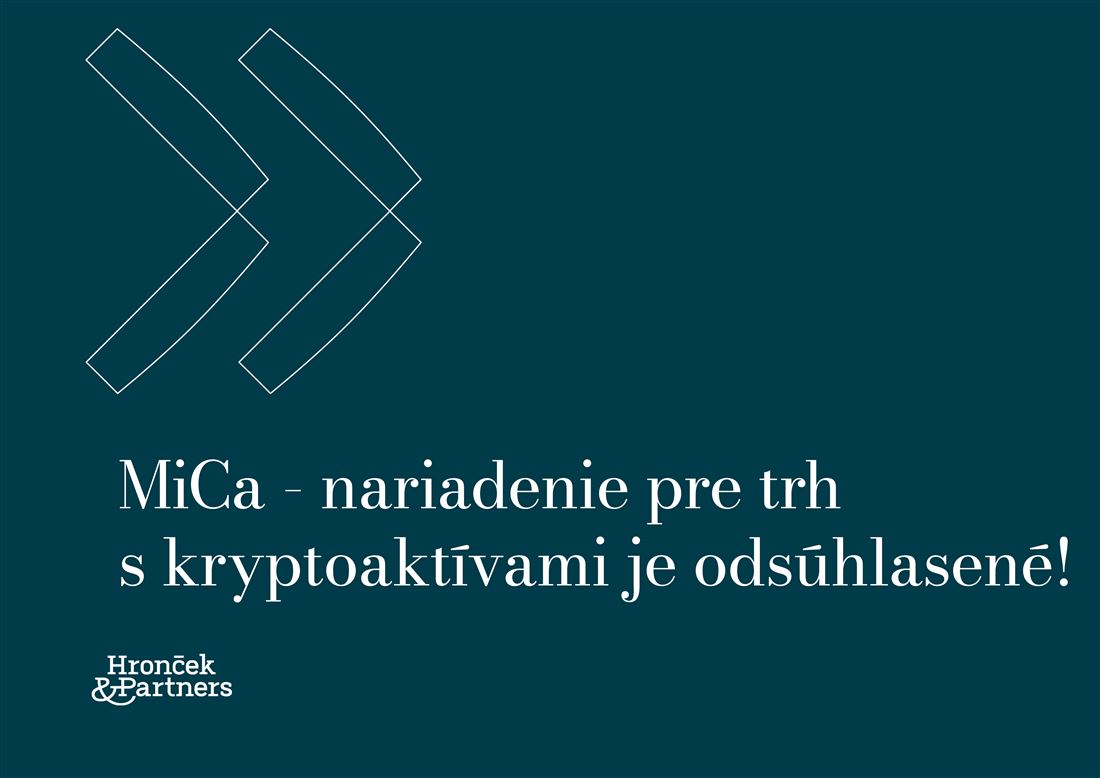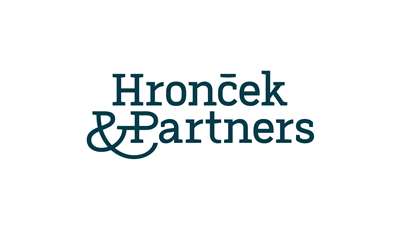The European Parliament today approved the MiCa (Markets in Crypto-assets) Regulation.

The European Parliament today officially adopted the Markets in Crypto-assets Regulation (MiCA), a landmark piece of legislation aimed at providing legal clarity and investor protection in the fast-growing area of crypto-assets.
MiCA is a comprehensive framework designed to regulate the issuance, trading, and custody of crypto assets within the European Union (EU). It establishes a single set of rules and standards for crypto assets, covering everything from their definition and classification to their issuance and trading.
The regulation is the result of years of consultation and cooperation between industry stakeholders, policymakers and regulators. It was first proposed by the European Commission in September 2020 as part of its broader digital finance strategy (along with a pilot regime for DLT-based market infrastructures and the Digital Operations Resilience Act – DORA) and has since undergone several rounds of public consultation and review, in which our law firm Hronček & Partners, s.r.o. participated through our specialist on this topic, Viktor Feťko.
MiCA has been widely welcomed by many industry players and regulators, who see it as a crucial step towards bringing the crypto industry into the mainstream and addressing some key issues related to consumer protection, market integrity, and financial stability.
One of the key provisions of MiCA is the creation of a new category of financial institutions called "crypto-asset service providers" (CASP), which includes entities involved in the issuance, trading, and custody of crypto-assets. CASPs will be required to register with their national competent authority and comply with a set of minimum requirements, including capital and governance requirements, as well as rules on client asset protection and operational resilience.
MiCA also introduces a harmonized regime for stablecoins, which are crypto-assets designed to maintain a stable value relative to an underlying asset, such as a fiat currency or a commodity. Stablecoins will be subject to the same rules as other crypto-assets, but with additional requirements relating to transparency, investor protection and safeguards against liquidity and credit risk.
Other key provisions of MiCA include rules on white papers and disclosure, market abuse and manipulation, and the cross-border provision of crypto-asset services. The Regulation also establishes a new supervisory and enforcement framework, with the European Securities and Markets Authority (ESMA) playing a key role in coordinating and supervising the relevant national authorities.
The adoption of MiCA has been widely welcomed as an important milestone in the development of the crypto industry and the broader digital finance environment. It is expected to provide greater legal certainty and regulatory clarity for businesses operating in the sector, while enhancing consumer protection and reducing the risk of financial crime and market abuse.
However, some industry players have expressed concerns about the potential impact of MiCA on innovation and competition, arguing that the regulation could stifle new entrants and limit the development of new business models. Others have called for greater clarity on certain provisions, such as the definition of crypto assets and the scope of the regulation.
Overall, the adoption of MiCA is seen as a positive step towards creating a more mature and responsible crypto industry, while promoting innovation and ensuring the continued competitiveness of the European market.
We will also reflect this regulation in our future articles, and information from it will be published in the AllAboutNFT e-book and as part of the AllAboutNFT project. More information coming soon.
